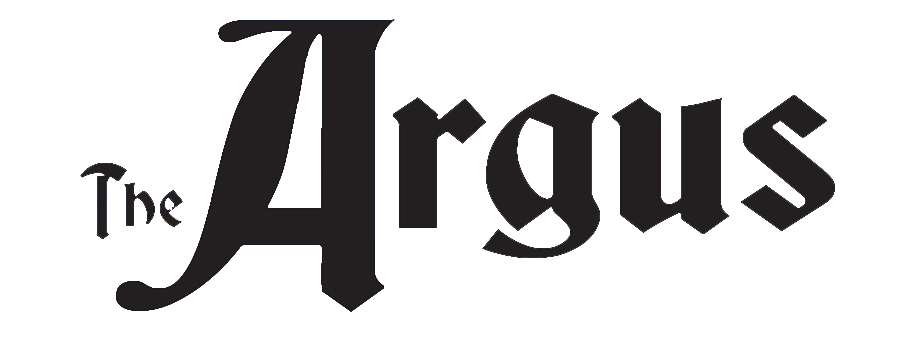This article reviews the current research on the prevalence and impact of bullying among different racial and ethnic groups, and its implications for intervention and prevention strategies.
How Race and Ethnicity Defines the Problem and Can Prescribe Methods of Intervention

Despite increased research on bullying over many decades, understanding how negative bias affects African Americans and other immigrant youths can be somewhat obscure.
The above mentioned groups are disproportionately affected by risk factors associated with bullying, such as adverse community, home, and school environments. Minority youngsters are not only more likely to perpetrate bullying behavior, but they are at much higher risk to suffer negative mental and physical outcomes as a result of bias-based bullying.
Bullying occurs when an individual is repeatedly exposed over time to negative actions on the part of one or more other persons. It often involves an intent to harm due to a power imbalance between the perpetrator(s) and the victim(s). While this definition of bullying behavior is widely accepted, it isn’t necessarily seen as a universal truth.
Defining the Problem
Bullying can be direct or indirect, taking many forms: physical abuse (hitting, shoving, spitting, damaging or stealing property), verbal abuse (name-calling, threats, teasing, sexual comments), and relational misanthropy (social exclusion, spreading rumors). Additionally, advances in technology has made cyberbullying an increasingly serious concern.
Race and ethnicity can present multifaceted challenges in bullying behavior; factors such as immigration status, class, gender and gender identity, and sexuality are all defining elements.
However, findings may be limited by the relative dearth of research on the cumulative effects of multiple stigmatized identities. Immigration background was another major topic in this review. People who are themselves immigrants (1st generation) or the children of immigrants (2nd generation) may experience unique pressures that native-born minorities are not normally exposed to.

Bias, Prejudice and Environment
A recent study shows that minority groups tend to experience more racist or bias-based bullying due to language barriers, physical appearance, and even immigrant status. These are reasons commonly cited by people targeted for intolerant behavior by others.
For example, non-athletic African American students or Asian American students who do not excel academically may be bullied more than those who embody those stereotypes.
Indeed, African American, Latino American, and Asian American students were more likely to be victimized at school if they were more involved in academic extracurricular activities, while there was no effect for White students.
Research has focused more upon larger minority groups, and little is known about bullying in other at-risk racial and ethnic groups that are less visible — those that tend to be labeled as “other”, if they are identified at all (for example, social and environmental bias is more broadly studied in African American populations than Native American groups).
Conclusions
• While research into racial and ethnic bias as they impact bullying behavior has increased in recent decades, resolving underlying factors remains challenging and requires hard work. There are no shortcuts.
• Media coverage of deaths by murder, suicide or intentional misadventure related to bullying behaviors can perpetuate negative behaviors and attitudes amongst some populations.
• Issues surrounding equality and social justice have risen to the forefront of public discourse. Yet critical gaps in knowledge must be addressed if the African American community is going to reach a more complete understanding of how bullying impacts us and the communities around us.
• Finally, context matters: from geopolitics and mass migration, to hyperlocal regional stereotypes and social factors like minority density and attitudes around cultural diversity. Future research and suggested methods of bullying intervention should be informed by more determined efforts to improve race relations.

Bottom line: changing the attitudes that lead to racial bias and bullying behavior is one to one, person to person. And it starts with the person in the mirror.
__________________
Edited by Jake Maxwell
Source: National Institutes of Health, National Library of Medicine / Center for Biotechnology Information.


